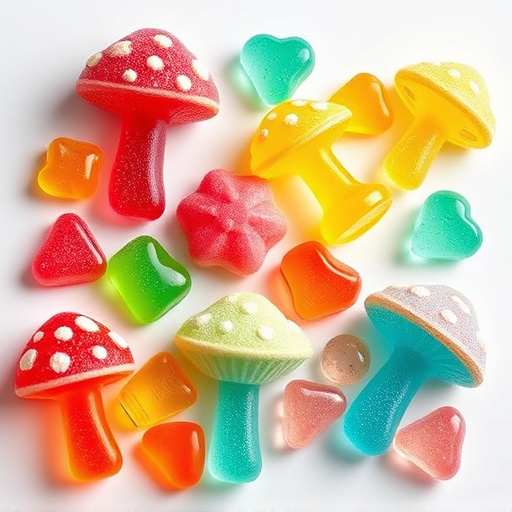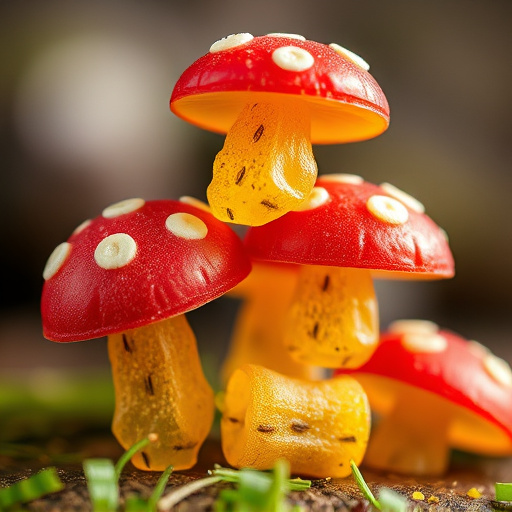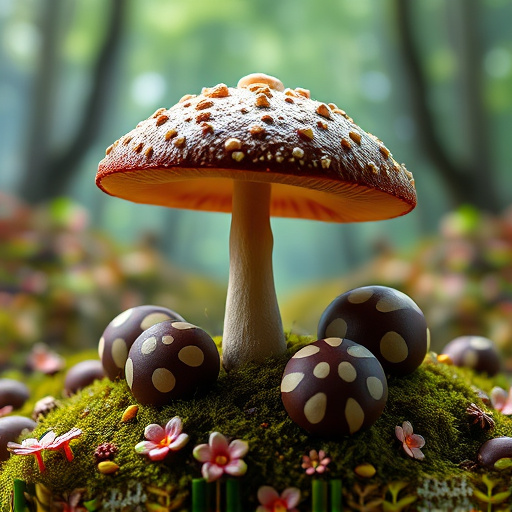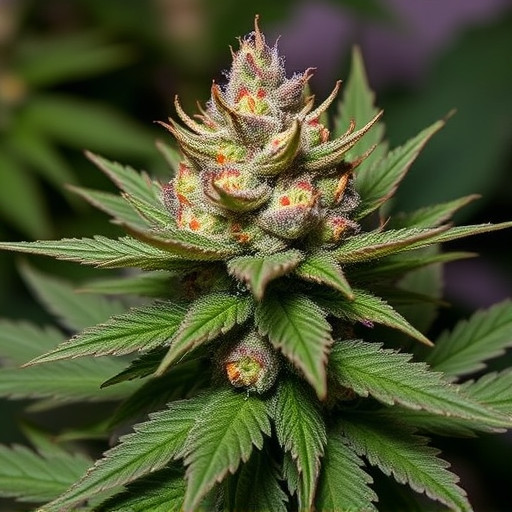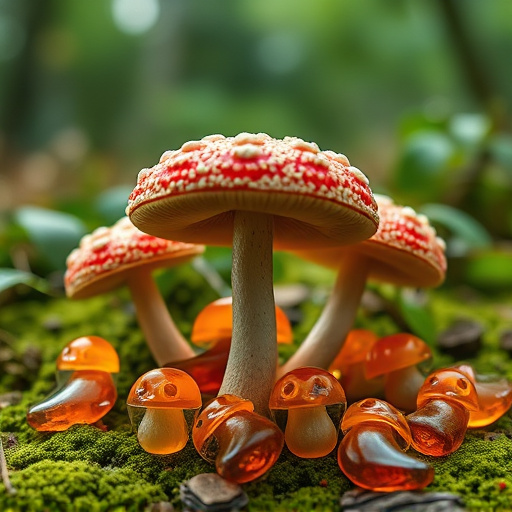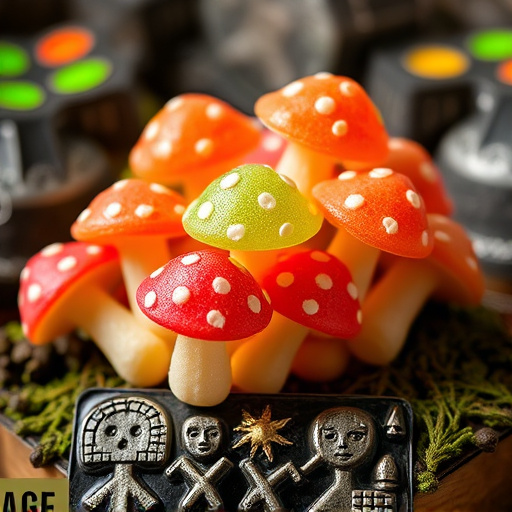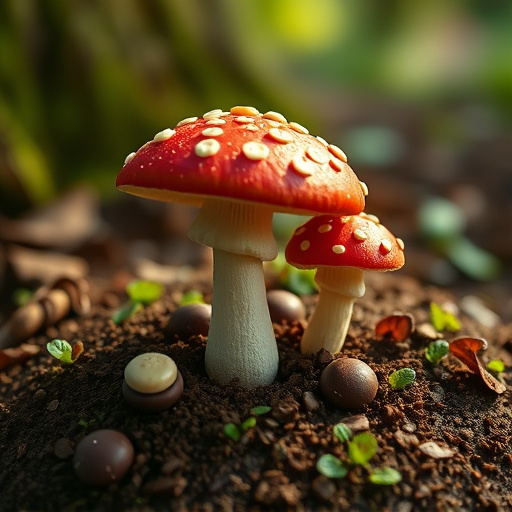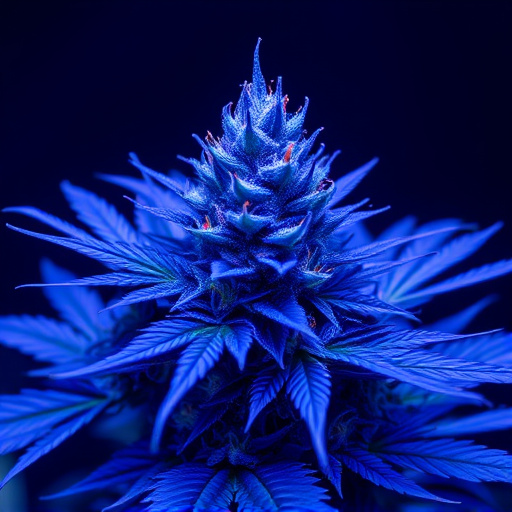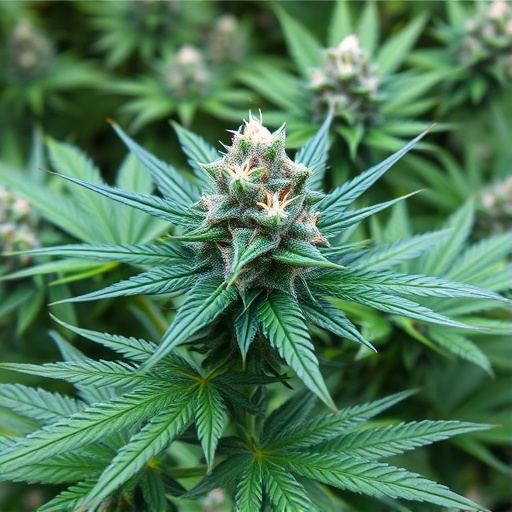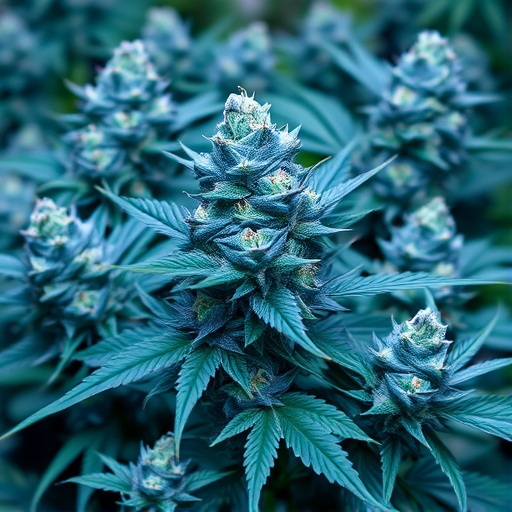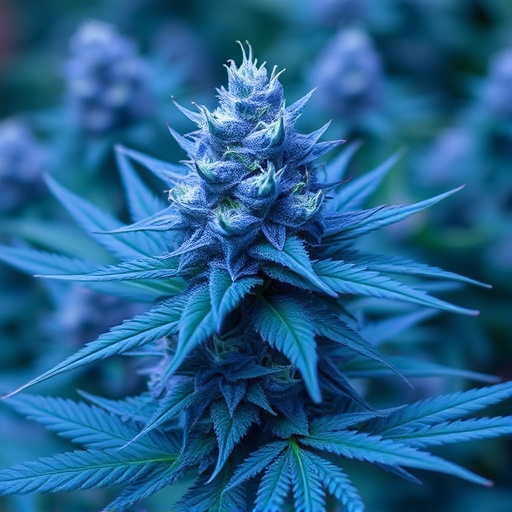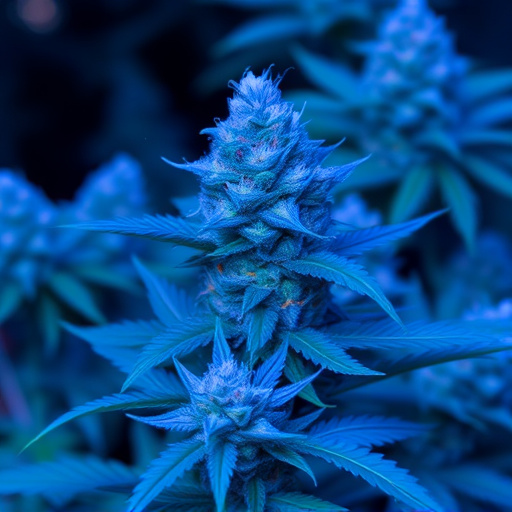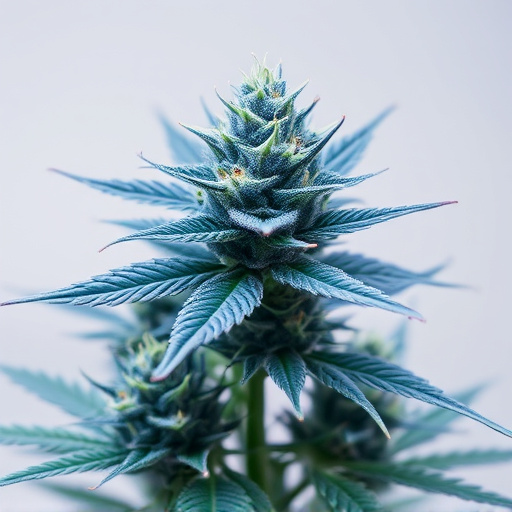Cannabis users should be aware that potent blue marijuana strains, while popular for their balanced CBD and low THC levels, can cause anxiety, paranoia, and cognitive issues due to uneven cannabinoid profiles. To ensure a safer experience, consumers should consider dosage, consumption methods like vaporizers or edibles, mindful techniques, and timing of food intake, in addition to choosing strains with beneficial terpene profiles. Factoring in these elements allows users to enjoy blue strains while minimizing negative reactions.
“Unveiling the potential pitfalls of cannabis consumption is essential for informed users. This article guides you through the process of reducing negative effects, offering a comprehensive approach to ensure a safer and more enjoyable experience. From understanding common issues like anxiety and paranoia to exploring the benefits of blue marijuana strains known for their balancing properties, we provide insights into navigating these challenges.
Additionally, discover practical strategies to minimize adverse reactions, ensuring your cannabis use is not only effective but also positive.”
- Understanding Negative Effects of Cannabis: Common Issues and Their Causes
- The Role of Blue Marijuana Strains in Mitigating Unfavorable Reactions
- Strategies for Minimizing Adverse Cannabis Experiences: Tips and Best Practices
Understanding Negative Effects of Cannabis: Common Issues and Their Causes
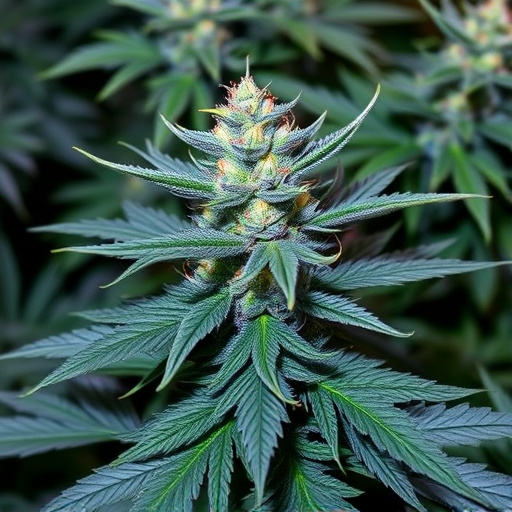
Cannabis, while known for its therapeutic benefits, can also have negative effects that vary from person to person. Understanding these potential downsides is crucial when consuming cannabis, especially with the diverse range of blue marijuana strains available. Common issues include anxiety, paranoia, and cognitive impairments, often referred to as a “munchies high” or “weed brain.” These effects are primarily caused by the uneven distribution of cannabinoids in various strains. For instance, certain blue strains, known for their potent THC levels, may exacerbate anxiety in susceptible individuals due to an imbalance between THC and CBD (cannabidiol).
The intensity of these negative effects can be influenced by factors like dosage, consumption method, and individual tolerance or pre-existing mental health conditions. Recognizing the potential drawbacks enables consumers to make informed choices when selecting blue marijuana strains, ensuring a more enjoyable and safe cannabis experience.
The Role of Blue Marijuana Strains in Mitigating Unfavorable Reactions
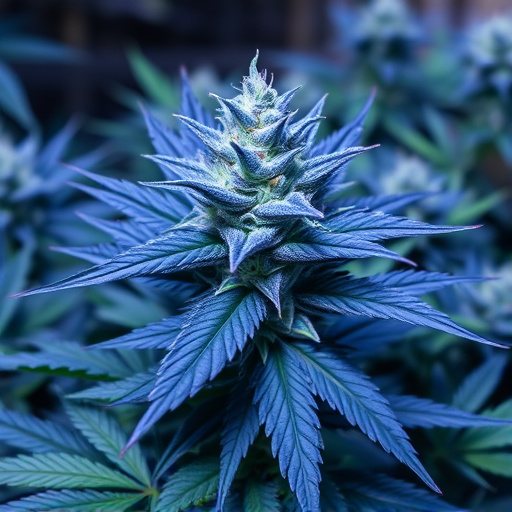
Blue marijuana strains have gained attention for their potential in mitigating unfavorable cannabis reactions. These strains are known to contain elevated levels of cannabidiol (CBD), a compound that has been shown to counteract tetrahydrocannabinol (THC)’s psychotropic effects, which can cause anxiety and paranoia in some users. By increasing CBD content, blue strains may help individuals experience more balanced and pleasant highs, reducing the likelihood of negative reactions.
Moreover, certain blue marijuana strains are bred for their high terpene profiles, which add aromatic nuances and potentially offer additional therapeutic benefits. Terpenes like myrcene and linalool, prevalent in some blue strains, have been linked to relaxation and stress relief. These compounds can contribute to a more controlled and calming experience, further minimizing the chances of adverse reactions associated with cannabis consumption.
Strategies for Minimizing Adverse Cannabis Experiences: Tips and Best Practices
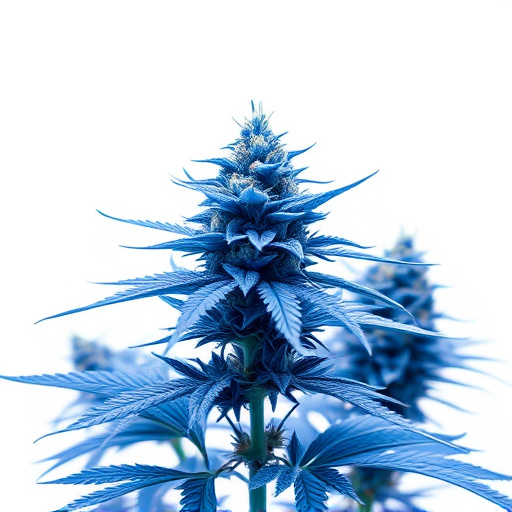
Many individuals seek ways to mitigate the potential negative effects associated with cannabis consumption, especially as awareness grows about the diverse range of experiences users may have. One effective approach is to choose the right strain—blue marijuana strains, in particular, are known for their calming and soothing properties due to high levels of CBD (cannabidiol) and lower THC (tetrahydrocannabinol) content. These strains can help reduce anxiety and promote relaxation without causing intense psychotropic effects.
In addition to selecting the right strain, several best practices can enhance positive cannabis experiences. For instance, setting a comfortable environment, starting with smaller doses, and using consumption methods like vaporizers or edibles allow for greater control over potency and intake. Taking breaks between uses and consuming food before or during consumption can also lessen potential negative impacts. Engaging in mindfulness techniques while using cannabis may help individuals stay present and avoid intense or unpleasant reactions.
In conclusion, while cannabis offers various benefits, understanding its potential negative effects is crucial. By recognizing common issues and their causes, individuals can make informed choices. Incorporating blue marijuana strains known for their mitigating properties can significantly reduce unfavorable reactions. Additionally, adopting best practices and tips outlined in this article empowers users to minimize adverse experiences, ensuring a safer and more enjoyable cannabis journey.
